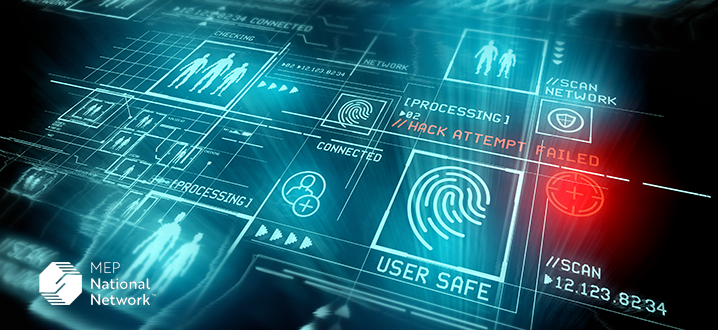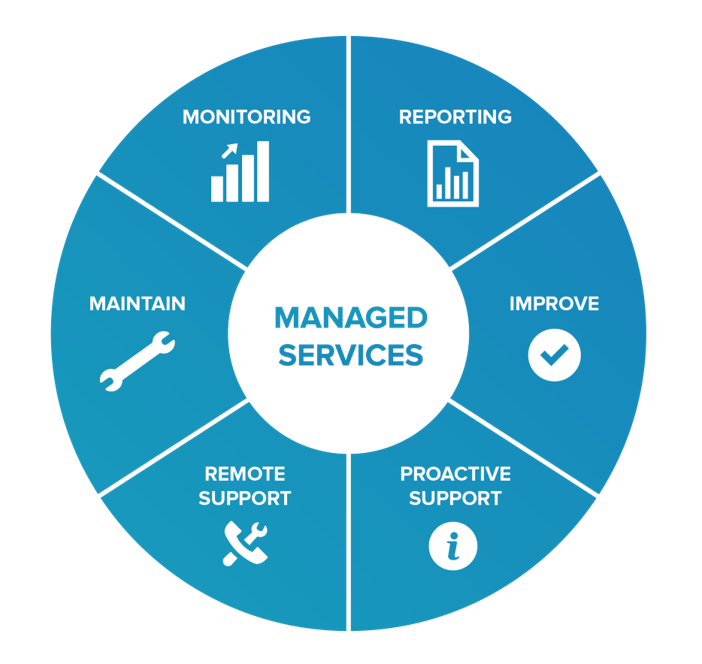Enhancing Business Resilience with Effective Disaster Planning
In the world of IT, the unexpected can happen at any time. Disasters, whether they’re natural calamities like fires and floods, or man-made events like theft or hardware failures, can bring your business to a grinding halt. The key to minimizing downtime and ensuring a swift recovery lies in meticulous disaster planning.
Why Invest in Disaster Planning?
You might be tempted to push the thought of disaster planning to the back of your mind, but it’s a critical aspect of safeguarding your business. Effective disaster planning is the dividing line between a speedy, seamless recovery and a chaotic, protracted ordeal.
Understanding the Scope of Disaster
Let’s assume the best-case scenario for your staff’s safety – no injuries. In such a situation, the initial step is assessing the damage. This requires a swift and efficient action team, capable of evaluating your office and gauging the extent of the harm.
The Impact on IT Infrastructure
If your IT hardware has been affected, you need to swiftly determine the repercussions. A damaged server can cascade into a network-wide outage, affecting your entire operation. This is where a comprehensive disaster recovery plan truly shines.
Strengthening Your Disaster Recovery Plan
To bolster your disaster recovery efforts, consider the following:
- Tailored Risk Assessment: Identify unique risks specific to your East Kilbride location, from local climate conditions to potential cyber threats.
- Redundancy Solutions: Implement redundancy in critical systems, safeguarding against downtime with backup servers, data centers, and power sources.
- Regular Drills: Consistently test your disaster recovery plan. Simulate various disaster scenarios to ensure your team’s preparedness.
- Offsite Data Security: Prioritize regular offsite data backups, utilizing cloud-based solutions for data accessibility even during infrastructure crises.
- Communication Protocol: Establish clear communication channels and decision-making hierarchies for your team during emergencies.
- Ongoing Training: Continuously educate your staff on disaster response protocols, ensuring everyone understands their roles.
- Cybersecurity Integration: Given your interest in cybersecurity, incorporate measures to protect and swiftly recover compromised systems.
Remember, disaster recovery isn’t a one-off task; it’s an ever-evolving process that adapts to your business’s evolving needs and the changing landscape of potential threats.

Managed IT Services

Get the expert support you need, exactly when you need it. With just three rings, you’re through to your dedicated support pod of highly qualified expert Linux and Windows engineers who know your hosting solution inside and out, whether it’s midnight or midday.
IT Support FAQs
Our Data Recovery Technicians and Customer Services staff answer many thousands of telephone inquiries each year and although the need for a data recovery service is new to most of them the data loss incidents generally involve common device types and recurring themed questions.
1. What are IT packages?
They are a monthly contract with your IT services provider, who will be responsible for keeping certain elements of your IT software (like Microsoft products) and hardware (like laptops and desktop computers) operational. Managed IT packages ensure you have the coverage and protection your company needs to stay productive. They are cheaper than ad hoc support when something goes wrong, and ensure priority service.
2. What are managed IT services?
This is when you engage an external team to handle your IT support. It’s an efficient and cost-effective way of maintaining your IT infrastructure. An IT support provider will be up-to-date on current best practice and the latest certifications and have the resource to respond to emergencies promptly. For businesses that don’t have an internal IT support team, it means your employees remain productive and aren’t trying to troubleshoot issues themselves. We can also support an internal IT support team.
3. Will I get on-site support with an IT managed services package?
Yes, on-site support is included – as far as we’re concerned, it’s an essential component of good service. We can solve most maintenance and arising problems remotely as part of a managed IT services package. However, if we need to make an on-site visit, we include this in all our packages too, with no extra charge for time and travel.
